Search The Collection
Filter By
Mortar
Geographic Location
Date / Era
Department
Show Only:
- As part of the Met's Open Access policy, you can freely copy, modify and distribute this image, even for commercial purposes.API
Public domain data for this object can also be accessed using the Met's Open Access API
Objects with changed or unknown ownership in continental Europe between 1933-1945. Learn more
Showing 93 results
Sort by:
French
late 14th–early 15th century

Spanish or Moroccan (?)
18th or 19th century, after a 15th century model

ca. 1550–1458 B.C.

ca. 1479–1458 B.C.
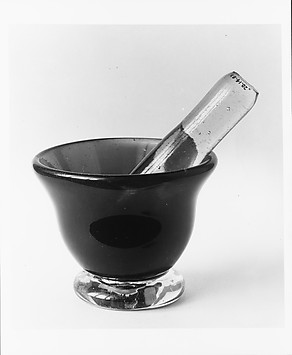
American
1739–80
ca. 3100–2649 B.C.
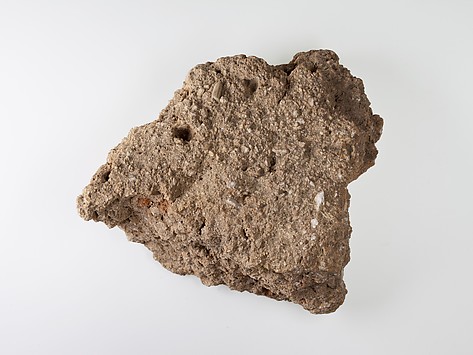
ca. 2551–2528 B.C.
664–332 B.C.
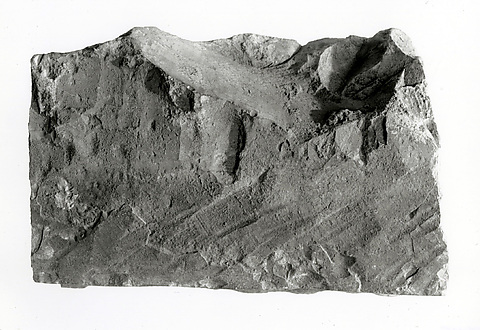
664–610 B.C.
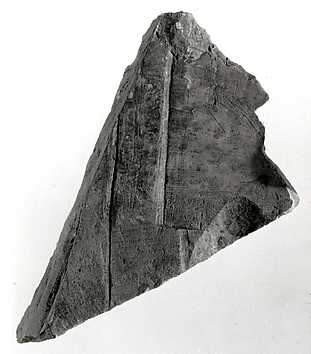
664–610 B.C.
ca. 2381–2323 B.C.
ca. 1279–1213 B.C.
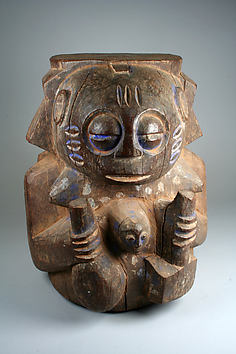
Yoruba peoples
19th–20th century
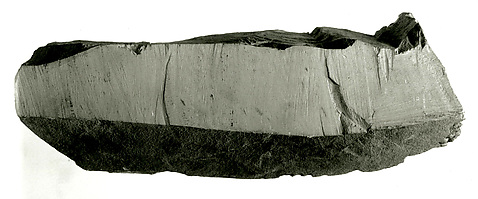
664–610 B.C.
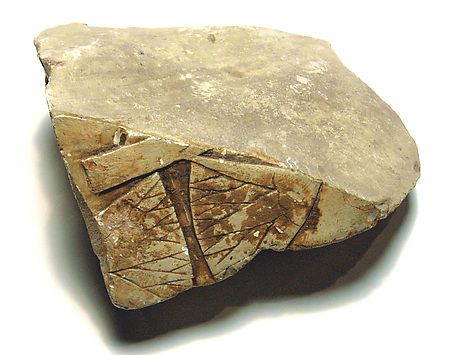
664–610 B.C.

North German
15th century
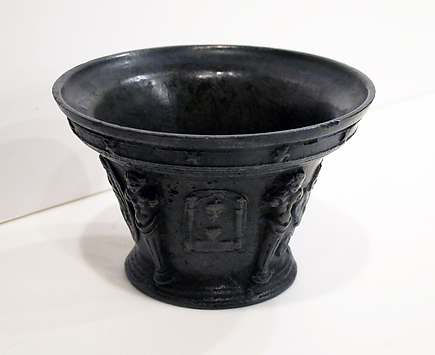
French or North Italian (?)
late 15th or early 16th century
ca. 1550–1295 B.C.
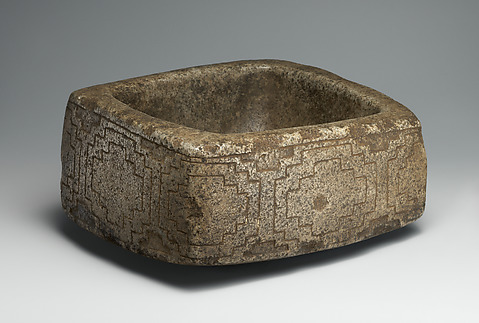
Condorhuasi-Alamito
500 BCE–500 CE
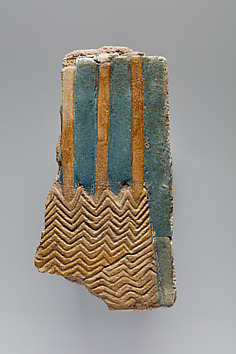
ca. 1279–1213 B.C.
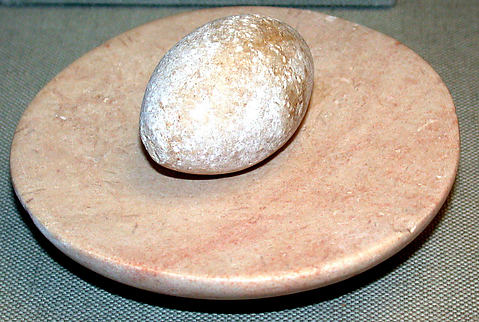
ca. late 8th millennium BCE
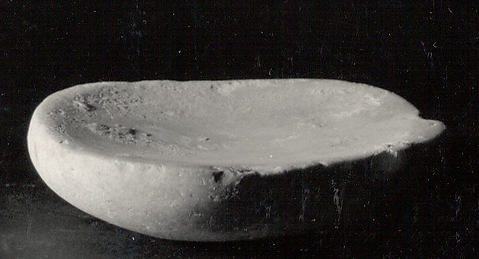
7th–6th millennium BCE
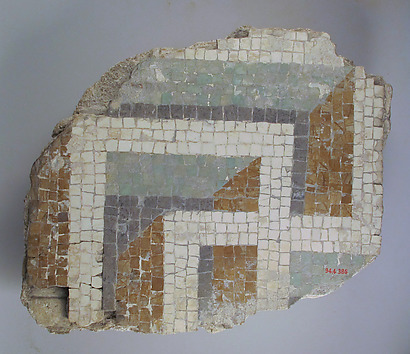
Roman

664–610 B.C.
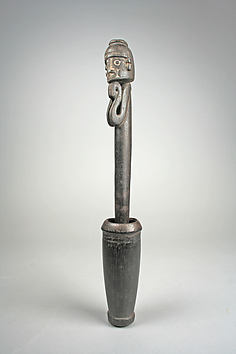
Massim people
late 19th–early 20th century
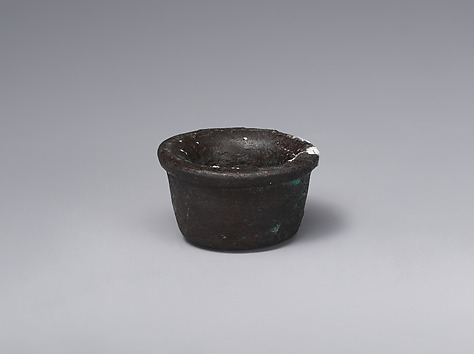
Sasanian
ca. 3rd–7th century CE
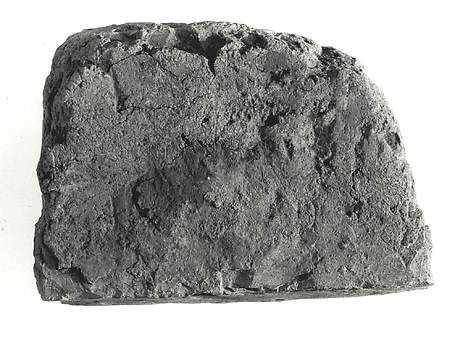
664–610 B.C.
ca. 2381–2323 B.C.
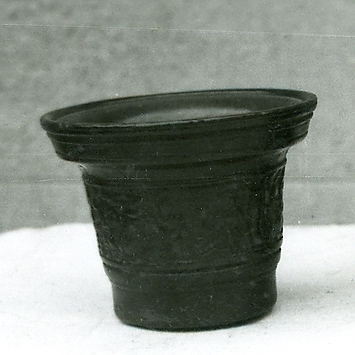
Italian (?)
19th century, after a 16th century Italian model
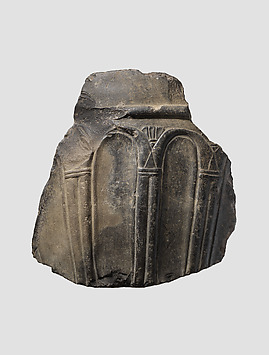
Achaemenid
ca. 5th–4th century BCE

Gebruder Stegemann, Berlin, 1910
ca. 1910
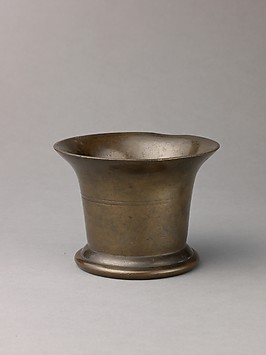
Italian or Spanish
19th century
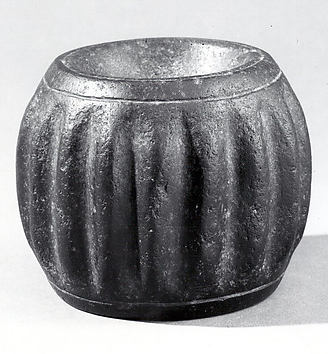
Columbia River
before 18th century

664–610 B.C.
ca. 1295–1070 B.C.
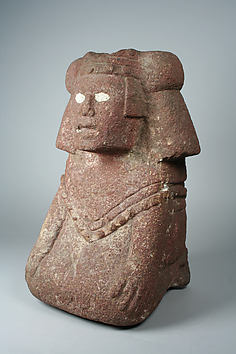
Mexica (Aztec)
15th–early 16th century
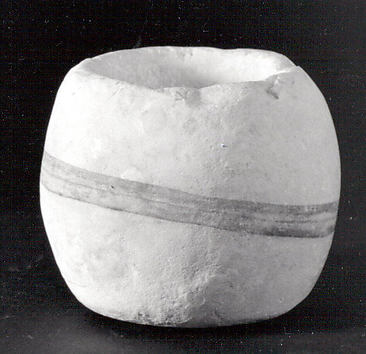
7th–6th millennium BCE
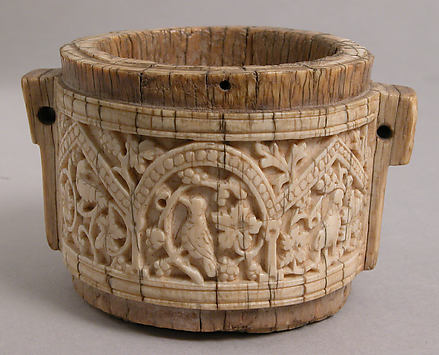
Syrian (?)
900–950
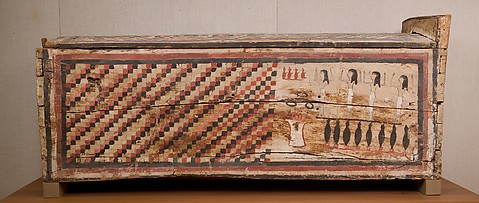
ca. 1550–1458 B.C.
ca. 2381–2323 B.C.